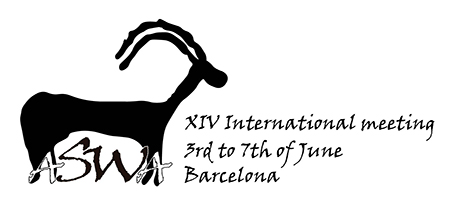This presentation focuses on the central South Caucasus in the Middle and Late Bronze Ages to ask how human-animal relationships impacted the construction of human political order? I examine two categories of evidence: representational art and faunal remains (from both mortuary and settlement sites), using these as evidence for the treatment of animals as both non-human persons, objects of subsistence and exchange, and symbolically representative. The case of the Bronze Age central South Caucasus demonstrates how approaching the thingly, personal, and symbolic identity of animals in combination, can expand our understanding of the social place of herded and hunted animals, revealing their role in the establishment of structures of economic inequality in the Middle Bronze Age and the institutionalization of political authority in the Late Bronze Age.
As both things and persons, cattle were a transformative force in the Middle Bronze Age of the central South Caucasus. During life, pulled members of human groups into different patterns of mobility. At death, the bodies of cattle became instrumental in reconstituting broader human-animal communities, while their objectified bodies signified the wealth and mobility of the deceased. Their ability to personify relationships of kinship and obligation made them powerful social actants. The assemblage of cattle bodies, parts, and representations worked together to construct networks of obligation and ideologies of power. Meanwhile, social cohesion, in the face of the evident interpersonal violence and political disorder that characterized the Middle Bronze Age, resulted from the relationships humans had with and through cattle.
Representations of hunting and the technologies used in its practice suggest that a certain kind of hunting had become an elite activity by the Late Bronze Age. I consider the treatment of wild animals in these contexts, to unpack the symbolic meaning of the hunt and wild animals in this cultural context. Ritual practices and artistic representations demonstrate that the ontological categories of human and animal were blended, and control over nature was a basis for political claims of control over people. There is certainly tantalizing evidence that there was an association of power over animals and power over people. The wild was a potent source of temporal power.

 PDF version
PDF version
